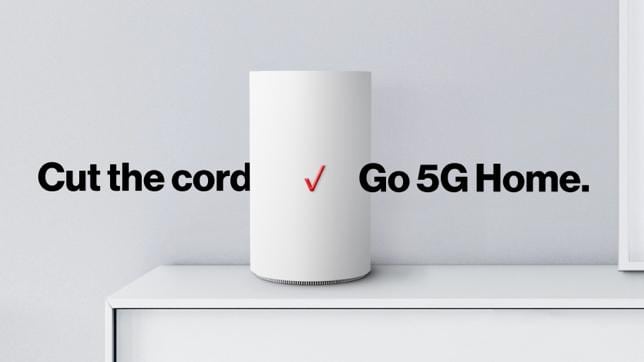5G mobility, fixed wireless and edge will drive network ROI
Last week as Verizon announced its 5G Home service during Mobile World Congress Americas in Los Angeles, company CEO Hans Vestberg was across the country in New York at the Goldman Sachs Communacopia Conference explaining to the financial world how Verizon plans to make money off of the next-generation of cellular.
Vestberg, formerly the CEO of Ericsson, continued his messaging around network-first and highlighted the three 5G service streams the carrier is pursuing. First is mobility services; second is fixed wireless access, “which is a new market for us…[And] the third business case is very much built on the mobile edge where basically you think about many of the new currencies, the capacities, of 5G, they will be enhanced.”
And Verizon’s differentiator, he said, is all of those services come from a single “multi-purpose” network. “We started to transform the whole network one-and-a-half year ago…where it basically created a network that was horizontal from the data center all the way out to the access. That, of course, enabled us to have choices in front of our customers depending on what type of access they need. That is sort of a fundamental piece of what we’re doing right now.”
Verizon’s 5G Home service will go live Oct. 1 in four markets—Houston, Los Angeles, Indianapolis and Sacramento. There is an introductory offer for three months free; after that, the service is $50 per month for current Verizon Wireless customers with a qualifying smartphone plan, or $70 per month for non-Verizon Wireless customers. Verizon said there are no additional hardware costs, and the monthly rate includes all taxes and fees.
5G Home is based on the proprietary Verizon Technical Forum standard rather than the 3GPP’s 5G New Radio specification; that has been the source of some criticism levied against Verizon. Vestberg said the VTF work gave the company key learnings ahead of competitors, which equates to a product advantage.
“We pushed the whole ecosystem,” he said. “When I worked at my previous job, I was envisioning 5G maybe 2020. We are launching our proprietary right now. We are going to have 5G mobility and other things very soon.”
As it relates to the move from VTF to 5G NR, “We’re already acquiring equipment. I think that the bottleneck, as we saw in 4G as well, is usually the handsets. As soon as they’re out, we’re going to launch. On the enterprise part, that’s going to take a little bit longer.”

